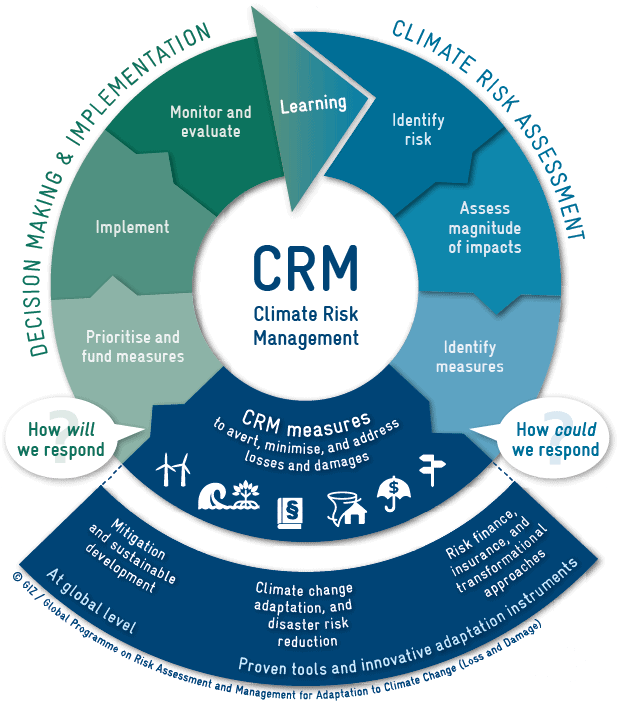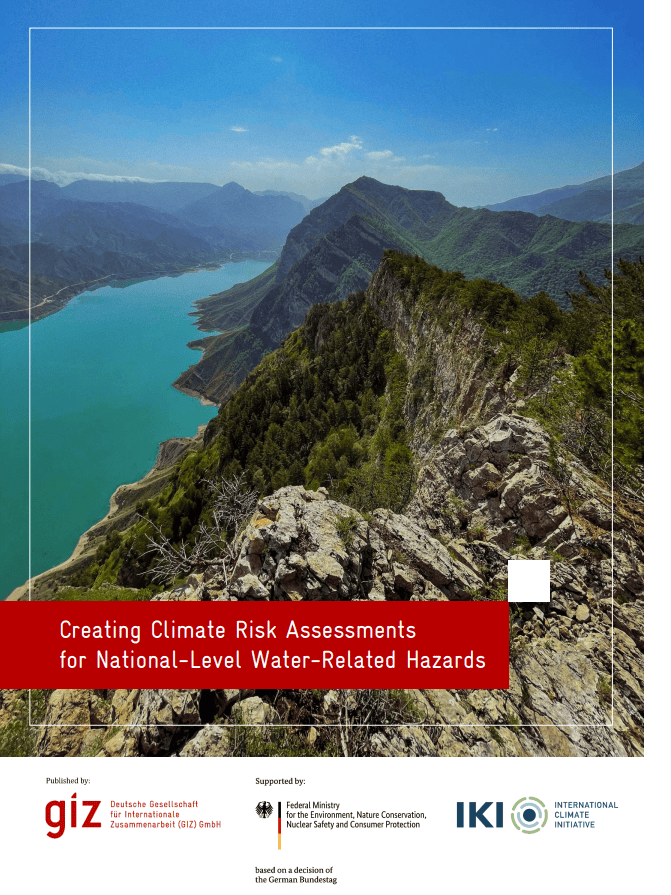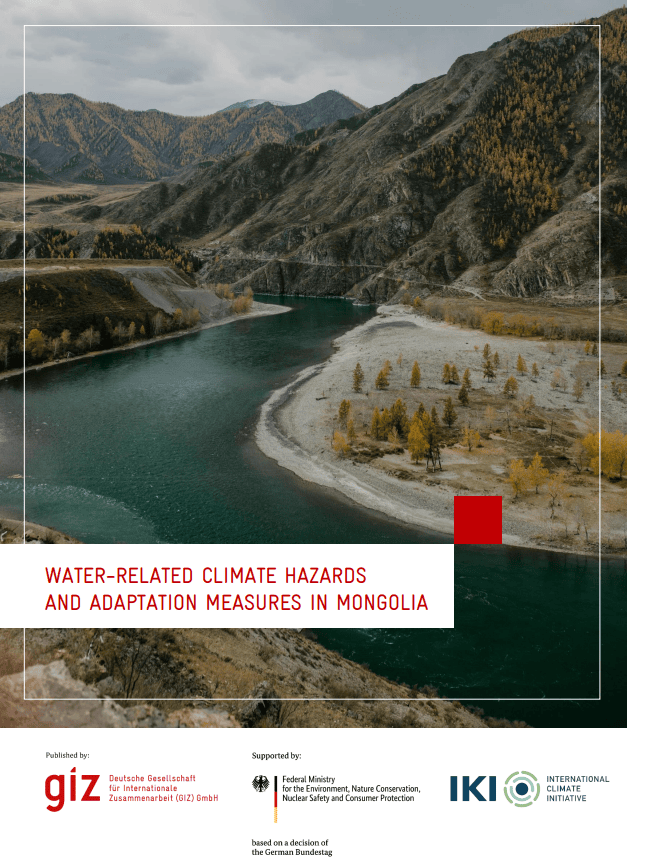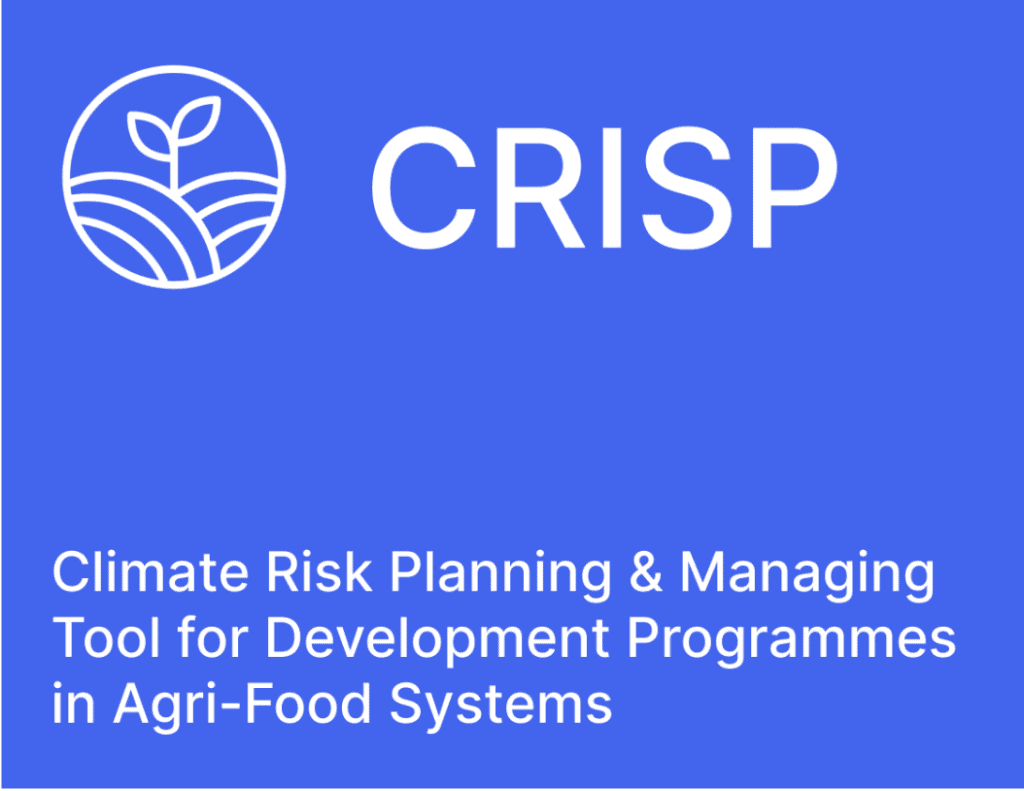A comprehensive framework to avert, minimise, and address Loss and Damage
A comprehensive framework to avert, minimise, and address Loss and Damage
Comprehensive Climate Risk Management (CRM) is a systemic framework that seeks to anticipate, avoid and prevent all types of climate risks as well as to absorb remaining impacts from extreme weather events and slow-onset changes. Thereby, it integrates the two research strands of Climate Change Adaptation (CCA) and Disaster Risk Reduction (DRR) into a sustainable development framework.
Comprehensive Climate Risk Management aims to address and reduce the negative consequences of climate change by averting climate risks through the reduction of greenhouse gas emissions, minimising climate risks through adaptation, and risk management or managing residual climate risks via instruments such as climate risk financing or transformative measures (see below). The concept of CRM encompasses the following mutually reinforcing steps and should be built on the participation of stakeholders from different sectors and scales:

Mainstreaming climate risks into relevant processes and policies at the national and sub-national level fosters a holistic consideration of climate change impacts in affected sectors and highlights the need for specific instruments and data collection, appropriate human and financial resources, and institutional rearrangements.
The first step comprises an assessment of how climate-related hazards interact with the exposure and vulnerability of a system including socio-economic factors. The interaction of these factors determines the overall risk for the affected system.
In order to allow for effective planning, the assessment includes evaluating the magnitude of the expected impacts and the identification of potential losses and damages by applying a suitable combination of methods.
Based on a cost-benefit analysis, the most promising risk management options to deal with risks can be selected and combined into a smart mix of measures. This forms the basis for the integration of climate policy measures into public budgets and national policies.
In order to attain the smartest mix of measures for a given situation, the CRM framework links tried-and-tested measures with innovative instruments and transformational approaches in a comprehensive and integrated way.
Prioritised measures must be context-specific and sustainable, and must engage affected populations. Institutional integration is crucial to mainstream CRM considerations into new and existing development planning and budgeting processes, within all relevant institutions and sectors, and at all levels.
Monitoring and evaluation of implemented measures lead to continuous learning that feeds into the CRM framework and informs future decision making.
The CRM framework allows for decision-makers to take account of fresh evidence and insights, newly available data, and lessons-learnt from monitoring and evaluation. This flexibility is fundamental, especially for integrating innovative and transformative instruments and approaches.
CRA builds the foundation for successful CRM. By identifying risk and assessing the magnitude of impacts on people, assets, value chains, (critical) infrastructure, settlements, and ecosystems, CRA informs decision makers about possible options for action.
The CRM framework informs and supports decision making and implementation. To identify the smartest mix of CRM measures for a given context, it is crucial to understand the organisational and economic ability of countries, communities, and the private sector to adapt and respond to risk.
Risk results from the interaction of vulnerability, exposure, and hazard. While the occurrence of climate-related hazards can be reduced through mitigation measures, the exposure and vulnerability of people and assets are mainly linked to sustainable development indicators and CRM.
The CRM framework combines tried and tested approaches from CCA (e.g. climate-smart agriculture; ecosystem-based adaptation) and DRR (e.g. early warning systems; contingency planning; civil protection plans) to minimise losses and damages.
Risk finance mechanisms (e.g. climate risk insurance; contingency funds; social protection) provide security against the loss of assets, livelihoods, and lives. Transformational approaches include the diversification of livelihoods, flexible and participatory decision-making, and adaptive management approaches.



CRISP helps practitioners and policy makers in the agri-food sector to understand climate related risks, and to identify relevant adaptation options for theier spedific agricultural systems.

You need to load content from reCAPTCHA to submit the form. Please note that doing so will share data with third-party providers.
More InformationYou need to load content from reCAPTCHA to submit the form. Please note that doing so will share data with third-party providers.
More InformationYou are currently viewing a placeholder content from Google Maps. To access the actual content, click the button below. Please note that doing so will share data with third-party providers.
More InformationYou are currently viewing a placeholder content from Google Maps. To access the actual content, click the button below. Please note that doing so will share data with third-party providers.
More InformationYou are currently viewing a placeholder content from Mapbox. To access the actual content, click the button below. Please note that doing so will share data with third-party providers.
More InformationYou are currently viewing a placeholder content from OpenStreetMap. To access the actual content, click the button below. Please note that doing so will share data with third-party providers.
More Information